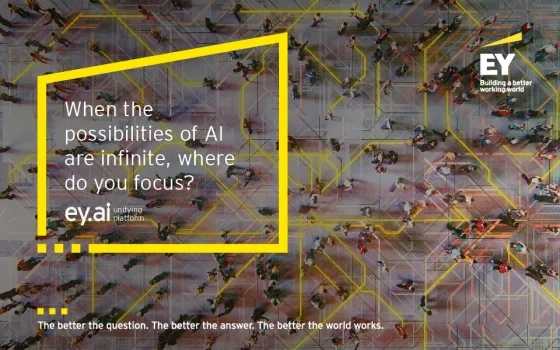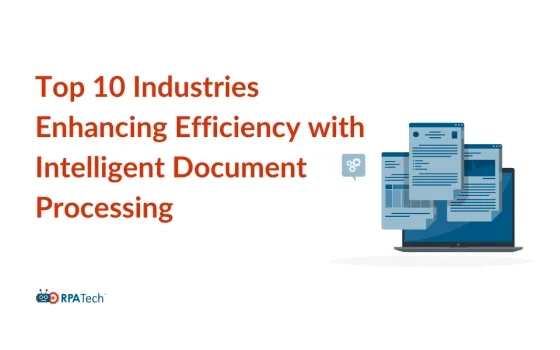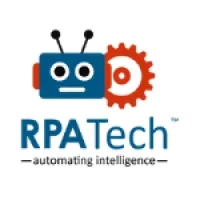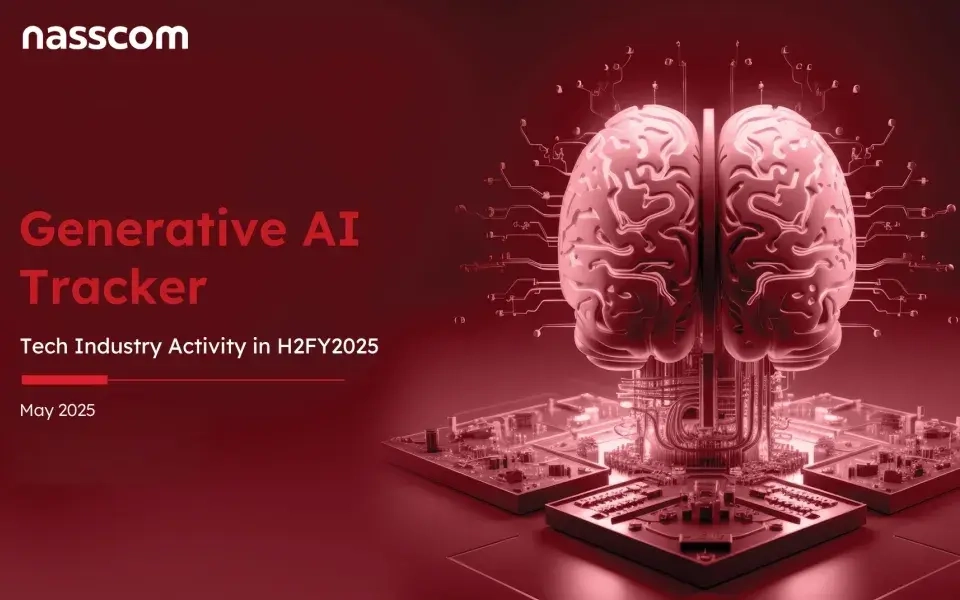The success or failure of enterprise digital transformation initiatives is directly related to the quality of the execution and time to market. Rapid application development (RAD) is a move away from the traditional Waterfall method to an Agile approach to help businesses develop new products/features and functions quickly enough to stay competitive in a fast-evolving digital world. But what should you do to ensure that you can make effective use of RAD?
Introduction
Amid technology-driven disruptions in business models, one of the ways to stay relevant is to accelerate time to market. Enterprises must be able to respond quickly to customer needs, launch new products/features into the market and extend their reach. While digital transformation addresses these concerns, establishing rapid application development processes paves the way for successful digital transformation, in turn.
 The limitations of traditional enterprise application development approach
The limitations of traditional enterprise application development approach
In general, application development starts with planning, analysis and design. Once a basic framework is in place, a basic version is built. Feedback on the initial version is provided and features are added over subsequent production cycles. As this is time-consuming, traditional application development methodologies and tools are unable to fulfill the demands of modern enterprise applications where customers look for solutions that have the shortest turnaround time.
Enterprises are now looking for more stable, less complex, minimal efforts, no coding and highly flexible methodologies for application building. Rapid Application Development (RAD) is the answer to these needs.
As per Mendix research, 71% of IT teams are behind, unable to keep pace with growing needs. Additionally, 65% say that the turnaround expected by the business for custom development projects is shrinking.
So, use and adoption of rapid application development software is fast becoming a necessity.
What is RAD
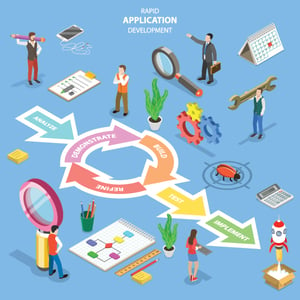 Rapid application development (RAD) develops higher quality products faster through – Requirements gathering using focus groups and workshops, performing early prototyping and iterative design testing and using reusable software components to build prototypes quickly.
Rapid application development (RAD) develops higher quality products faster through – Requirements gathering using focus groups and workshops, performing early prototyping and iterative design testing and using reusable software components to build prototypes quickly.
Rapid application development is particularly well-suited for delivering systems of differentiation and innovation. These projects demand a greater level of business involvement as well as frequent iterations to stay current in the market.
In a RAD process, the speed of development comes from using pre-built widgets, reusable assets, templates and components. This process can also be extended to CI/CD process with one-click deployment to public, private, hybrid and on-premises environments. This accelerates the rapid development of new software. You can build apps with little or no coding experience and introduce changes without adversely affecting current business operations.
Benefits of RAD
Rapid application development highlights speed and agility. This rapid pace is spearheaded by RAD’s capability and stress on minimizing the planning stage efforts and maximizing and fastening the prototype development and later helping in faster project release times. Hence IT teams can increase their productivity and improve project outcomes. Rapid application development methodology effectuates IT teams to deliver projects not just in months but in a matter of days or weeks. Creating a production-ready application at a faster pace means that the business can benefit from its early availability, while new functionality continues to be released at later stages.
In addition to the advantage of speed, a RAD model provides other benefits as well.
Risk reduction
The ability to quickly create and share working prototypes, allows the business to review functionality earlier in the application life cycle, helping to avoid rework that could derail the entire project. The time-box approach mitigates cost and schedule risk.
Improved quality
Incorporating prototyping and functionality testing throughout the project life cycle improves software quality as requirements can be validated and refined based on user feedback.
Improved productivity
In RAD, the client is there every step of the way and the developer has the opportunity to present their work frequently. This gives the developer a certain level of confidence that when the final product is delivered, their work receives appreciation. This greatly improves developer productivity.
Enhanced customer satisfaction
As the customer is involved throughout the development cycle, the risk of not achieving customer satisfaction and business needs is minimized.
Reduced costs
RAD reduces the risks of the waterfall model, with shortened cycle time and improved productivity and fewer resources. This greatly reduces the cost of application development.
But there are drawbacks too
The frequent and continuous cycle of prototypes demands developers and clients to commit and attend frequent meetings. This may seem to consume unnecessary cycles.
A cohesive team of developers, designers, and product managers can easily incorporate RAD practices because they have direct access to one another. When a project expands beyond a single team, inter-team communication and co-ordination will invariably slow down the development cycle. Keeping a large group of focused teams on the same page can be challenging.
With RAD, a client judges the quality of the solution by what they can interact with—and often, all they interact with is a facade. As a consequence, some developers may forego best practices at the backend to accelerate the development of the front-end-focused prototype. When it’s time to deliver a working product, they patch up the jerry-rigged server code to avoid a refactor.
Customers and developers must be committed to rapid-fire activities in an abbreviated time frame.
RAD practices are hard to use with legacy systems and their integrations.
When to use RAD
If you need to build a customer-facing portal or an internal business tool, like an application or website, RAD techniques will help your team deliver a better experience to your end-user at a faster pace.
Four key steps to adopt RAD
Though exact practices and tools vary between specific rapid application development methods, their underlying phases remain the same:
1. Define requirements
RAD begins by defining a loose set of requirements rather than making you spend hours or days in developing specifications with users. The client provides their vision for the product and comes to an agreement with developers on the requirements that satisfy that vision. Requirements tend to change frequently but RAD can accommodate changes in the specifications. That’s the key strength of RAD.
2. Prototype
In this phase, the developer’s goal is to build something that they can demonstrate to the client. This can be a prototype that satisfies all or only a portion of the requirements (as in early stage prototyping).
This prototype may cut corners to reach a working state, and that is acceptable. Most RAD approaches have a finalization stage where developers pay down technical debt accrued by early prototypes.
3. Absorb feedback
With a recent prototype prepared, developers present their work to the client or end-users. As a next step, they can quickly get feedback right from the interface to functionality. During this phase, product requirements may come under scrutiny.
The client may change their mind based on the end customer’s needs or discover that something that seemed to be theoretically making sense, might not make sense in practice. With feedback in hand, developers return to the prototype phase where they continue to re-construct or alter the prototype. If feedback is strictly positive, and the client is satisfied with the prototype, developers can move to the final phase.
4. Finalize product
During this stage, developers will put more focus to optimize, if required, to re-engineer their implementation to improve the stability of the product meets all the required NFRs. They may also spend this phase connecting the backend to the production data, writing thorough documentation, and doing any other maintenance tasks required before handing the product over with confidence.





 The limitations of traditional enterprise application development approach
The limitations of traditional enterprise application development approach Rapid application development (RAD) develops higher quality products faster through – Requirements gathering using focus groups and workshops, performing early prototyping and iterative design testing and using reusable software components to build prototypes quickly.
Rapid application development (RAD) develops higher quality products faster through – Requirements gathering using focus groups and workshops, performing early prototyping and iterative design testing and using reusable software components to build prototypes quickly.













